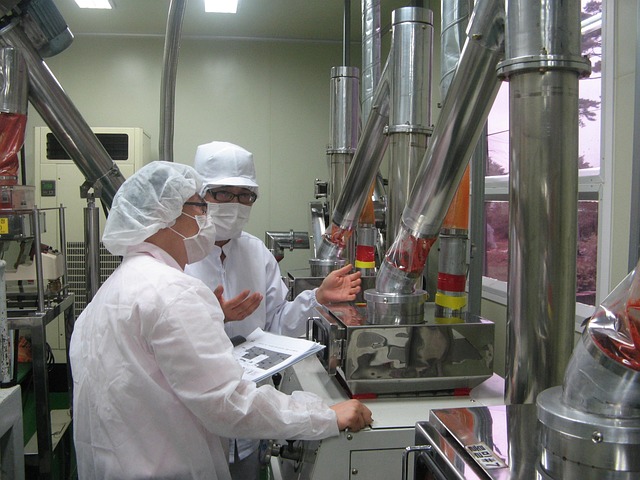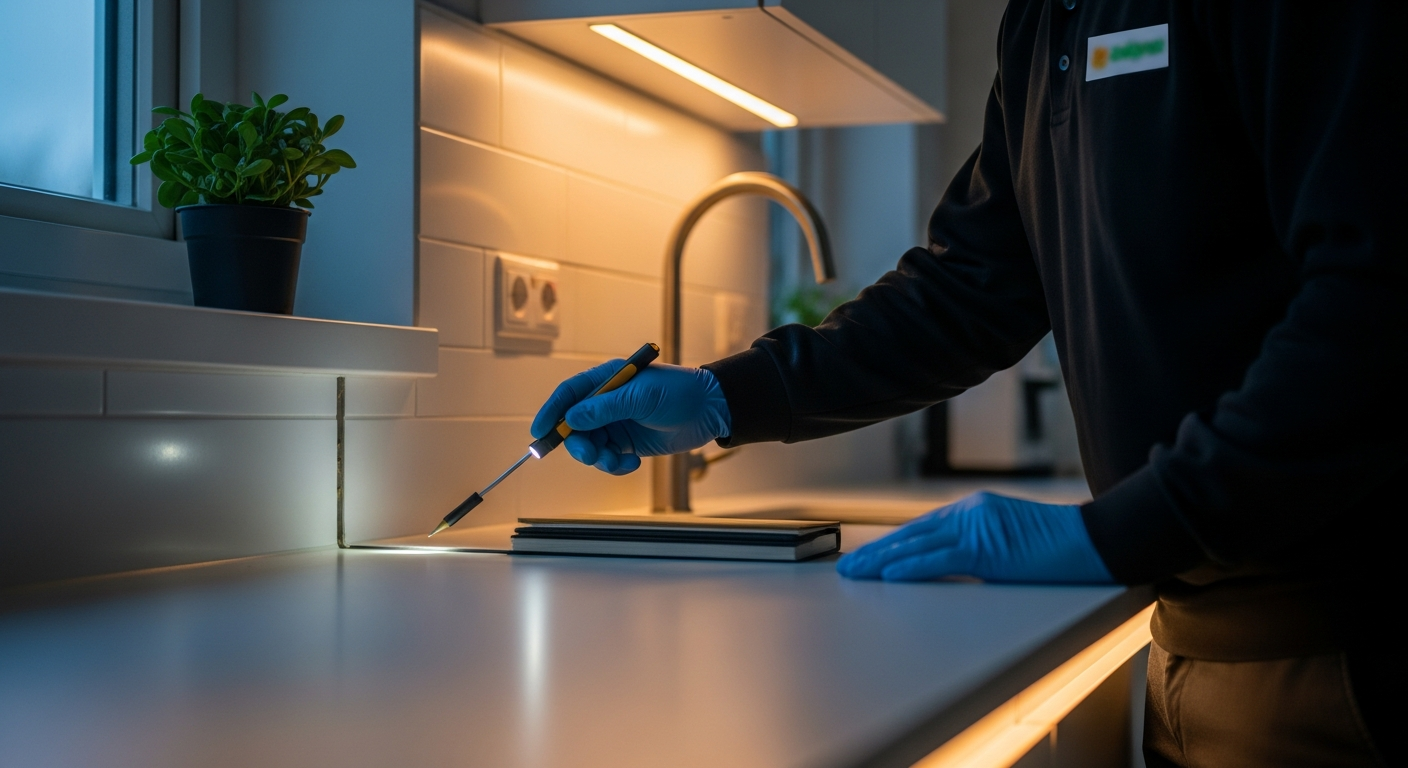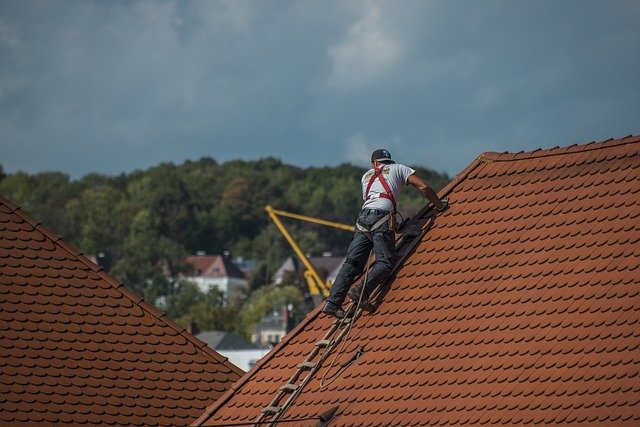Medical and Pharma Facilities: Cleaning With Higher Requirements
Cleaning in medical and pharmaceutical facilities involves specialized procedures and heightened standards compared to regular commercial cleaning. These environments demand meticulous attention to detail, strict adherence to protocols, and a deep understanding of infection control principles. The cleanliness of these spaces directly impacts patient safety, product integrity, and regulatory compliance, making it a critical aspect of healthcare and pharmaceutical operations.

What are the key tasks in medical and pharma facility cleaning?
The cleaning tasks in medical and pharmaceutical facilities are diverse and require specific expertise. Routine cleaning involves daily maintenance of all areas, including patient rooms, waiting areas, and staff spaces. This includes dusting, mopping, and disinfecting surfaces. Terminal cleaning, on the other hand, is a more thorough process typically performed after a patient’s discharge or between production batches in pharmaceutical settings.
Treatment of high-touch surfaces is a crucial aspect of these cleaning procedures. Doorknobs, light switches, bed rails, and equipment handles receive extra attention due to their frequent contact with hands. These surfaces are cleaned and disinfected multiple times throughout the day to minimize the risk of pathogen transmission.
Restroom hygiene is another critical component of medical and pharma facility cleaning. This involves not only thorough cleaning and disinfection but also ensuring proper stock of hygiene supplies and maintaining a sanitary environment that meets stringent health standards.
How is documentation managed in medical and pharma cleaning?
Documentation plays a vital role in maintaining the cleanliness and compliance of medical and pharmaceutical facilities. Route maps are used to ensure that all areas are cleaned systematically and that no spaces are overlooked. These maps outline the specific path cleaners should follow, optimizing efficiency and thoroughness.
Logs are maintained to record cleaning activities, including the date, time, and name of the person responsible for each task. This documentation is crucial for accountability and can be invaluable during audits or in case of any incidents requiring investigation.
Color coding is widely used in these environments for both zones and inventory. This system helps prevent cross-contamination by designating specific cleaning tools and products for particular areas. For instance, red might be used for high-risk areas like operating rooms, while green could be designated for general spaces. This visual system aids in maintaining proper hygiene protocols and ensures that the right equipment is used in the right places.
What conditions are required for cleaning staff in these facilities?
Cleaning staff in medical and pharmaceutical facilities must meet specific conditions to ensure they can perform their duties effectively and safely. Training on procedures is mandatory and often extensive. This includes education on proper cleaning techniques, the use of specialized equipment, and understanding the importance of infection control protocols.
Medical checks are typically required for staff working in these environments. These may include vaccinations, health screenings, and periodic assessments to ensure that cleaners are not at risk of spreading infections or compromising the sterile environment.
Enhanced Personal Protective Equipment (PPE) requirements are standard in medical and pharmaceutical cleaning. Depending on the area and tasks involved, this may include disposable gowns, gloves, masks, and in some cases, full-body suits. Proper use of PPE is critical not only for the safety of the cleaning staff but also for maintaining the integrity of the clean environment.
Where are these specialized cleaning services commonly required?
Specialized cleaning services are essential in a variety of medical and pharmaceutical settings. Clinics, ranging from small outpatient facilities to large multi-specialty centers, require rigorous cleaning protocols to maintain a safe environment for patients and staff.
Laboratories, whether research-focused or diagnostic, demand meticulous cleaning to prevent contamination of samples and ensure accurate results. The cleaning procedures in these settings often involve handling hazardous materials and require specialized knowledge.
Pharmaceutical warehouses, where medications and medical supplies are stored, necessitate careful cleaning to maintain product integrity and comply with regulatory standards. These facilities often have specific temperature and humidity requirements that cleaning staff must be aware of and work around.
Cleanroom production areas, found in pharmaceutical manufacturing and certain medical device production facilities, have the most stringent cleaning requirements. These environments demand extremely low levels of environmental pollutants such as dust, airborne microbes, and chemical vapors. Cleaning in cleanrooms requires specialized techniques, equipment, and often involves gowning procedures for the cleaning staff themselves.
How is quality control maintained in medical and pharma facility cleaning?
Quality control in medical and pharmaceutical facility cleaning is rigorous and multi-faceted. Internal audits are regularly conducted to ensure that cleaning procedures are being followed correctly and consistently. These audits may involve visual inspections, microbial testing, and review of cleaning logs and documentation.
Checklist-based inspections are a common quality control measure. These checklists are tailored to each facility’s specific standards and requirements. They guide cleaners through each step of the process, ensuring that no aspect of cleaning is overlooked. Supervisors or quality control personnel often use these checklists to verify that work has been completed to the required standard.
Facility standards play a crucial role in quality control. Each medical or pharmaceutical facility typically has its own set of standards that align with regulatory requirements and best practices in their specific field. These standards dictate the frequency of cleaning, the products and methods to be used, and the level of cleanliness to be achieved.
Regular training and re-certification of cleaning staff are also part of the quality control process. This ensures that all personnel are up-to-date with the latest cleaning protocols and can adapt to any changes in facility requirements or industry standards.
In conclusion, cleaning in medical and pharmaceutical facilities is a complex and highly regulated field that requires specialized knowledge, meticulous attention to detail, and strict adherence to protocols. The heightened requirements in these environments reflect the critical nature of cleanliness in healthcare and pharmaceutical settings, where the stakes of contamination or improper sanitation can be extremely high. As medical and pharmaceutical industries continue to evolve, so too will the cleaning standards and technologies used to maintain these vital facilities.




